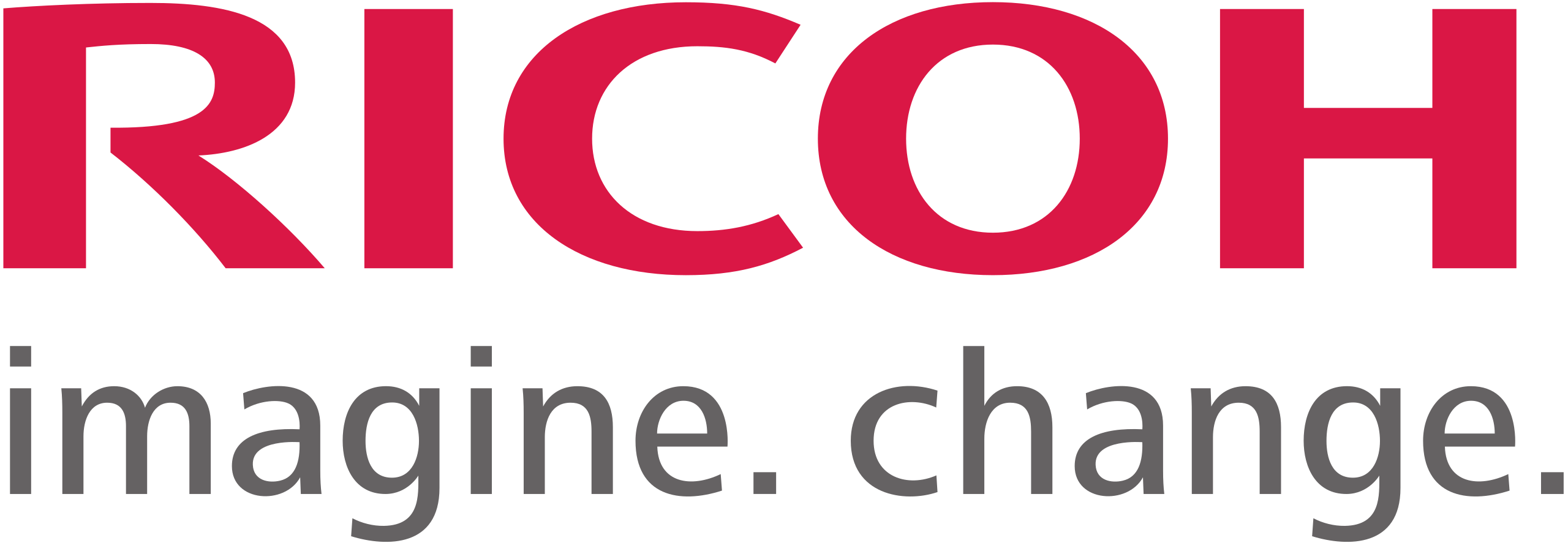4 min read
The Cost of Managed IT Services: Understanding Your Investment
By:
Standley Systems Staff
on
November 26, 2024
Updated: November 26, 2024

Managed services are an industry of their own, with a staggering $24.68 billion valuation. In the IT world, where small businesses experience a median loss of $50,000 from a cyberattack, managed IT services are a necessity. Besides security, these services offer businesses a competitive edge and increase efficiency.
Small business owners are concerned about the cost of managed IT services, a key factor keeping them from switching. In this guide, we'll discuss managed IT costs and its benefits for a small business.
Why Managed IT Services Matter for Small Businesses
Every business needs an IT wing. You can create one in-house or outsource the task to a reliable third party. The latter is more cost-efficient as it eliminates the need for a full-time in-house team.
It also facilitates resource optimization since you only pay for services you need. A Cisco report found that managed IT services increase efficiency by up to 60%.
Managed IT services with 24/7 support also provide reliable IT performance. They help maximize your company's uptime so you can operate without interruption.
Plus, they use innovative security measures to keep your business compliant with industry regulations and secure it against cyber threats. The National Cyber Security Alliance reports that 60% of small businesses go out of business within just six months of experiencing a cyberattack. Managed IT services prevent this from happening.
As your business grows, these services follow suit. They are typically equipped to accommodate your growth without delays.
Breaking Down the Cost of Managed IT Services
Typically, a managed IT service provider will offer one of these pricing structures:
- Per device: You pay a flat fee per device.
- Per user: You pay a monthly fee for each employee using the IT infrastructure.
- Tiered plans: These offer different service levels and number of users. You can select a basic plan for a smaller business and upgrade as your company grows.
Apart from the monthly cost, you'll also have to budget for the following.
Initial Setup and Onboarding
Upon transitioning, you'll have to configure your systems and applications to work with the new provider's network. Employee onboarding and training are also important. All these steps incur initial costs, but they are a one-time investment.
Recurring Costs
The recurring cost may be monthly or annually. Annual plans are usually less expensive, but you must pay the amount upfront.
The monthly or annual fee includes:
- IT support
- Issue resolution
- Remote monitoring and maintenance
- Security updates and patches
Potential Additional Costs
At times, you may have to spend a little extra on a few things, such as:
- Hardware and software upgrades
- Infrastructure expansion, like adding devices or users
- Emergency support for urgent IT issues
- Post-disaster data recovery services
Common Concerns About Managed IT Service Costs
A common misconception is that managed IT services are only for big businesses. However, small companies can benefit just as much from budget-friendly, scalable plans.
Similarly, there's concern about unpredictable fees. If you select a reliable IT service provider, this won't be an issue. It'll offer transparent pricing with predictable billing models.
Small business owners also worry about the expected ROI. The ROI will likely be positive as you minimize downtime, reduce cyber risks, improve productivity, and get expert advice on scaling your IT infrastructure.
The Return on Investment (ROI) of Managed IT Services
Where does the ROI of managed IT services come from? Here are key areas:
- Reduced downtime and improved productivity: Since an IT service provider keeps your business running 24/7, it boosts productivity and performance.
- Access to advanced technology and expertise: Managed IT services provide advanced tools that keep your business on par with industry benchmarks.
- Enhanced security and reduced risk: With a reliable provider, you don't have to worry about costly data breaches or cyber risks.
- Scalability and business growth: Managed IT services help you scale your business without spending money on the IT side repeatedly.
What to Look for in a Managed IT Services Provider
Start by checking its pricing and service packages. Look for clear, transparent pricing so there are no surprise fees later. Next, a strong provider will have robust data protection measures, reliable backup solutions, and continuous threat monitoring.
A trusted provider goes beyond fixing issues after they happen. Proactive preventative measures and maintenance prevent downtime and keep things running smoothly. The provider should also be able to adapt to your evolving needs. Responsive customer support is another important factor.
Setting Realistic Expectations for a Managed IT Partnership
Establish a point of contact for the IT provider to reach out to. This person should have the authority to make decisions for your business. Clearly define responsibilities and expectations between the provider and your internal teams to encourage seamless integration and efficient IT operations.
Create a clear communication plan with the provider, including expectations for response time and emergency escalation procedures. Conduct periodic reviews of IT performance and security to make sure the provider is meeting your company's goals and adjust services if needed.
Managed IT services are not a one-time fix but an ongoing partnership. So, collaborate with your service provider as a long-term partner by staying in touch regularly.
Conclusion
Managed IT services can help reduce costs and streamline IT operations for small businesses. They're not merely expenses but investments that reap better productivity, higher security, and growth.
Before you make this investment, assess your company's IT needs. Then, start your IT provider search based on your requirements, budget, plans, and current IT gaps. Get in touch with us at Standley Systems to learn more.












